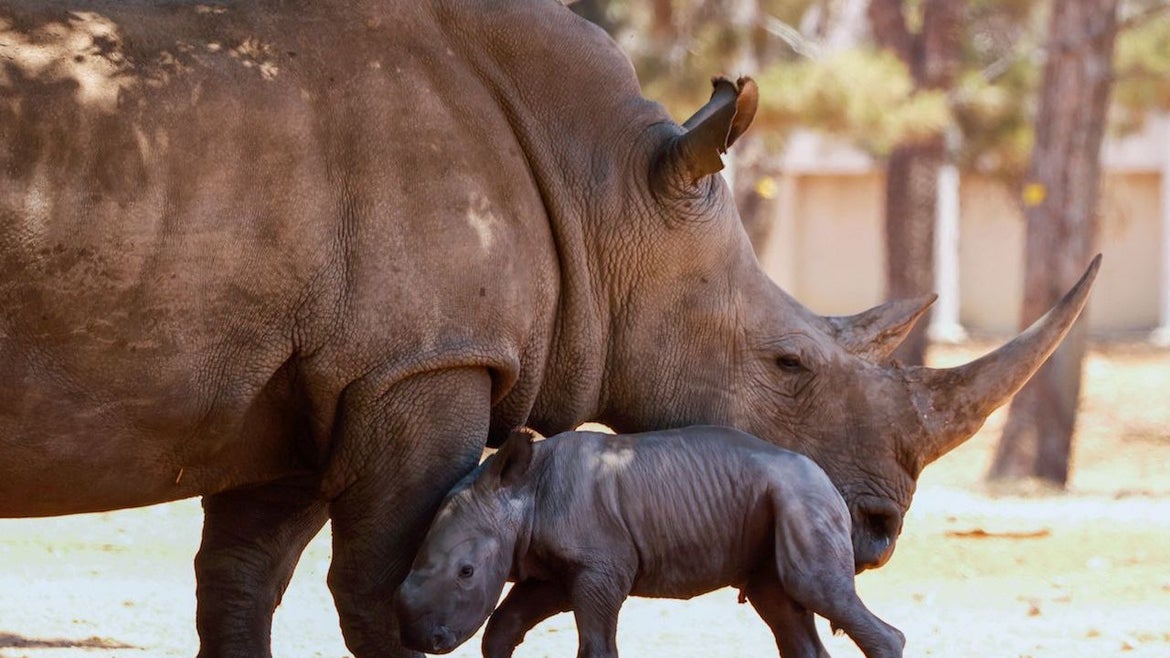The giant rhinos are estimated to weigh about 48,000 pounds, which is the size of about six elephants.
Millions of years ago, about 31 million to be exact, giant rhinos roamed the earth. These were the largest land mammals that lived. And Paleontologists working in China have discovered a new giant rhino species, according to CNN.
This new horn-less species is called Paraceratherium linxiaense, or Linxia Giant Rhino. A US and Chinese team of researchers, led by Deng Tao from the Institute of Vertebrate Paleontology and Paleoanthropology (IVPP), analyzed the fossils found in 2015 in northwestern China. The findings were recently published in a new study in the journal Communications Biology.
“Usually fossils come in pieces, but this one is complete, with a very complete skull and a very complete jaw, which is rare,” Deng told the outlet about the discovery.
He added, “The skull was more than a meter (three feet) long, and it was very rare for a skull of that size to be preserved. We also found the cervical spine.”
And the size of this animal is incredible. And Deng puts it, “This is the largest mammal ever to have lived on land.”
The giant rhinos are estimated to have weighed about 24 tons (48,000 pounds), which is the size of about six elephants. The bodies were 26 feet long, the shoulders were about 16 feet off the ground, and the heads were about 23 feet off the ground. The rhino would have also towered over giraffes, which can grow to be around 18 feet tall.
Per CNN, Paraceratherium linxiaense was occasionally found in Eastern Europe but mainly resided in China, Mongolia, Kazakhstan, and Pakistan.
Deng explains that these mammals descended from those that lived in Pakistan. This means they would have had to cross the Tibetan plateau on their way north, and the plateau was significantly lower than it currently is.
He said, “In addition, animal migration is linked to climate change. So 31 million years ago, when the Mongolian plateau dried up, they moved south.”
He lastly stated, “Then the weather got wet, and they went back to the north. Therefore, this discovery is of great significance to the study of the whole plateau uplift process, climate, and environment.”






